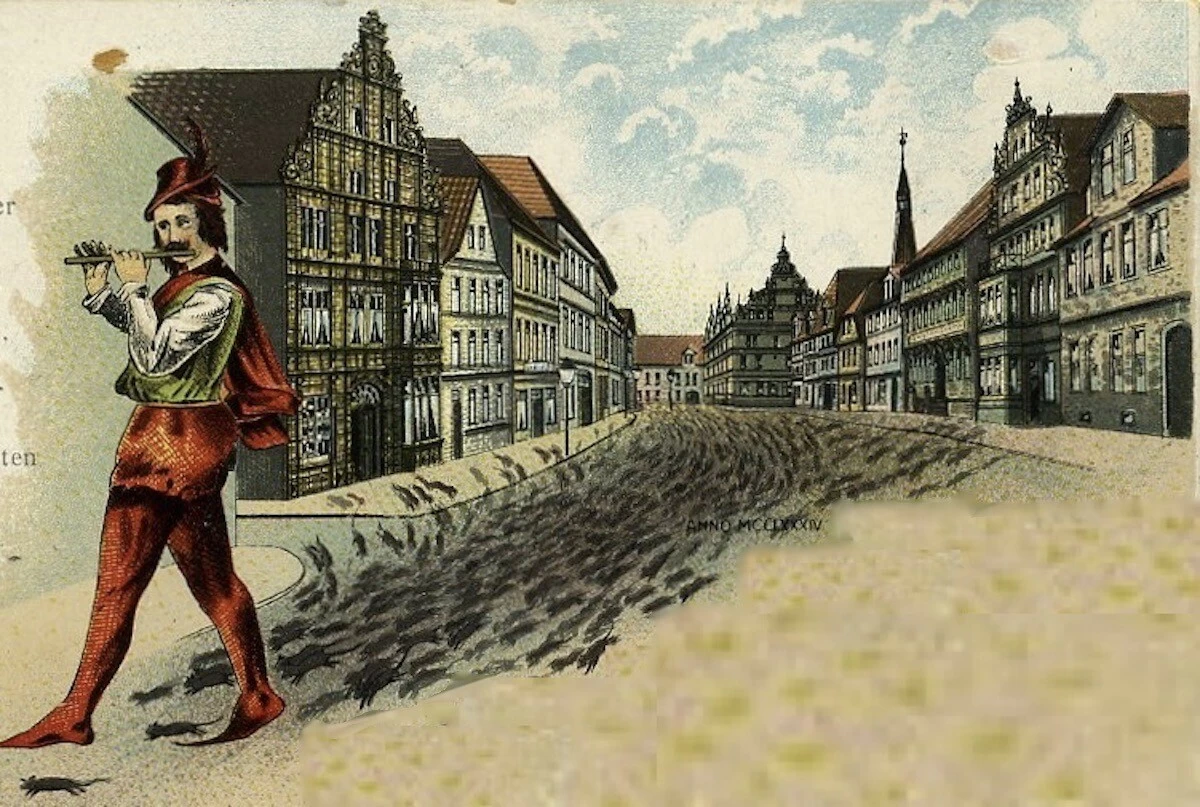It’s a somewhat disturbing fable, but is there truth behind the tale? It is a folktale known to most people — the story of a man dressed in multi-color (“pied”) clothes who agreed to remove an infestation of rats from the German village of Hamelin and, after not being paid for his services, lured the children out of the village as revenge.

Some believe that the tale chronicles a real set of events that took place in Hamelin.
Long before the Brothers Grimm chronicled the fairy tale in their anthology of stories, curious writings regarding the piper story appeared.
For example, a document from 1384 about Hamelin’s history states that an unrelated event took place “…100 years since our children left.”
It is interesting to note that at no place in the above manuscripts is there any mention of rats. The rodents don’t get added into the story until Count von Zimmern’s 16th century “Zimmern Chronicle.”
Richard Rowland Verstegan wrote a book in 1605 that states that the children were not harmed, but emigrated to Transylvania.
So if the story is based in reality, what actually happened?
Some theorists of centuries past believe the piper was the devil and spirited the children away for his own nefarious purposes. More recent researchers believe the piper represents a plague that struck the town, claiming mainly children as its victims. Others believe the story tells of a children’s religious crusade to Jerusalem that did not meet with success. And others believe the tale merely chronicles a large but sudden emigration (not only of children but of adults as well) from Hamelin to other places in Europe.
Like many folktales, there may be a germ of truth in the Pied Piper story. Unfortunately, there is not enough evidence passed down through time to determine what actually happened in the small village of medieval Hamelin.
